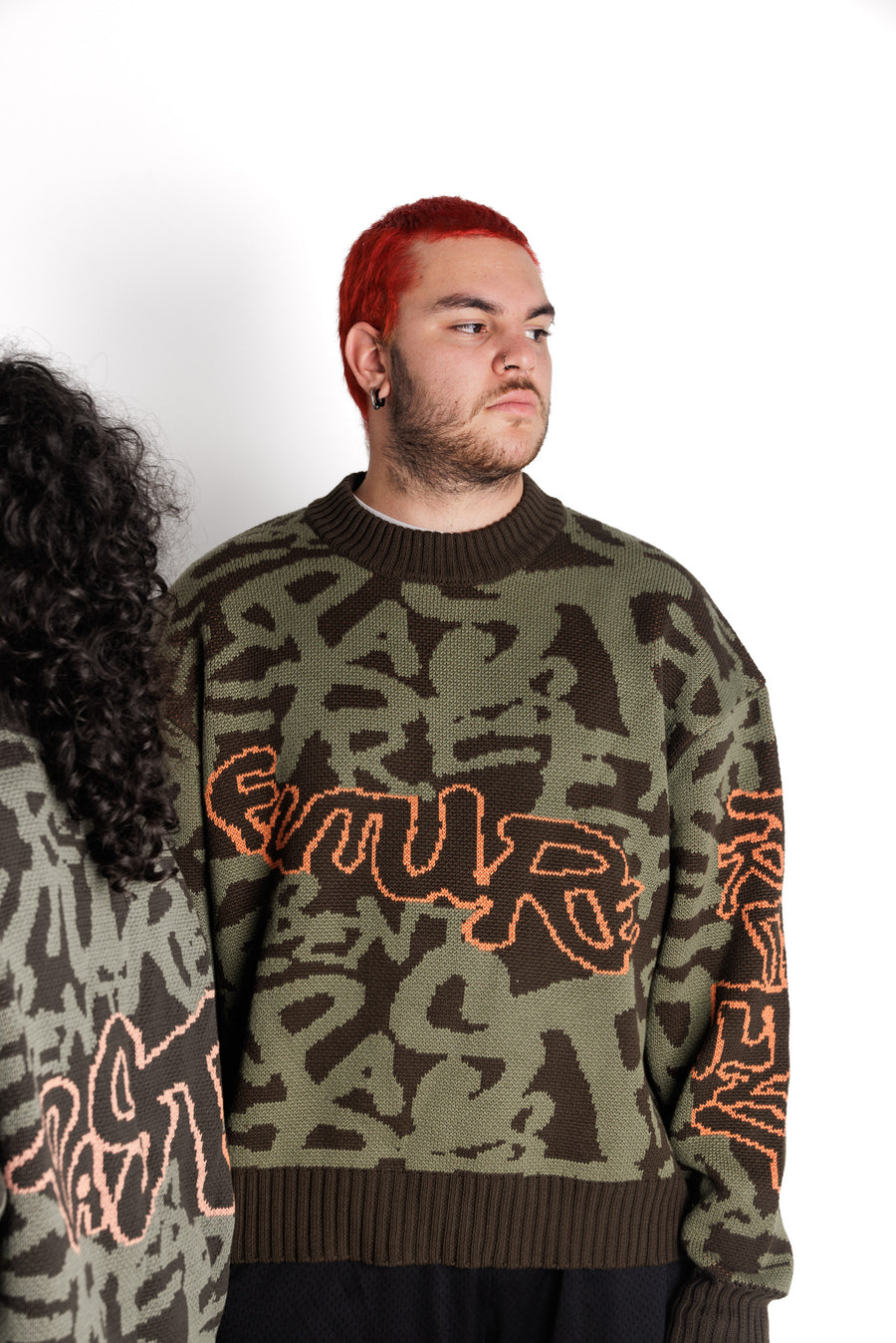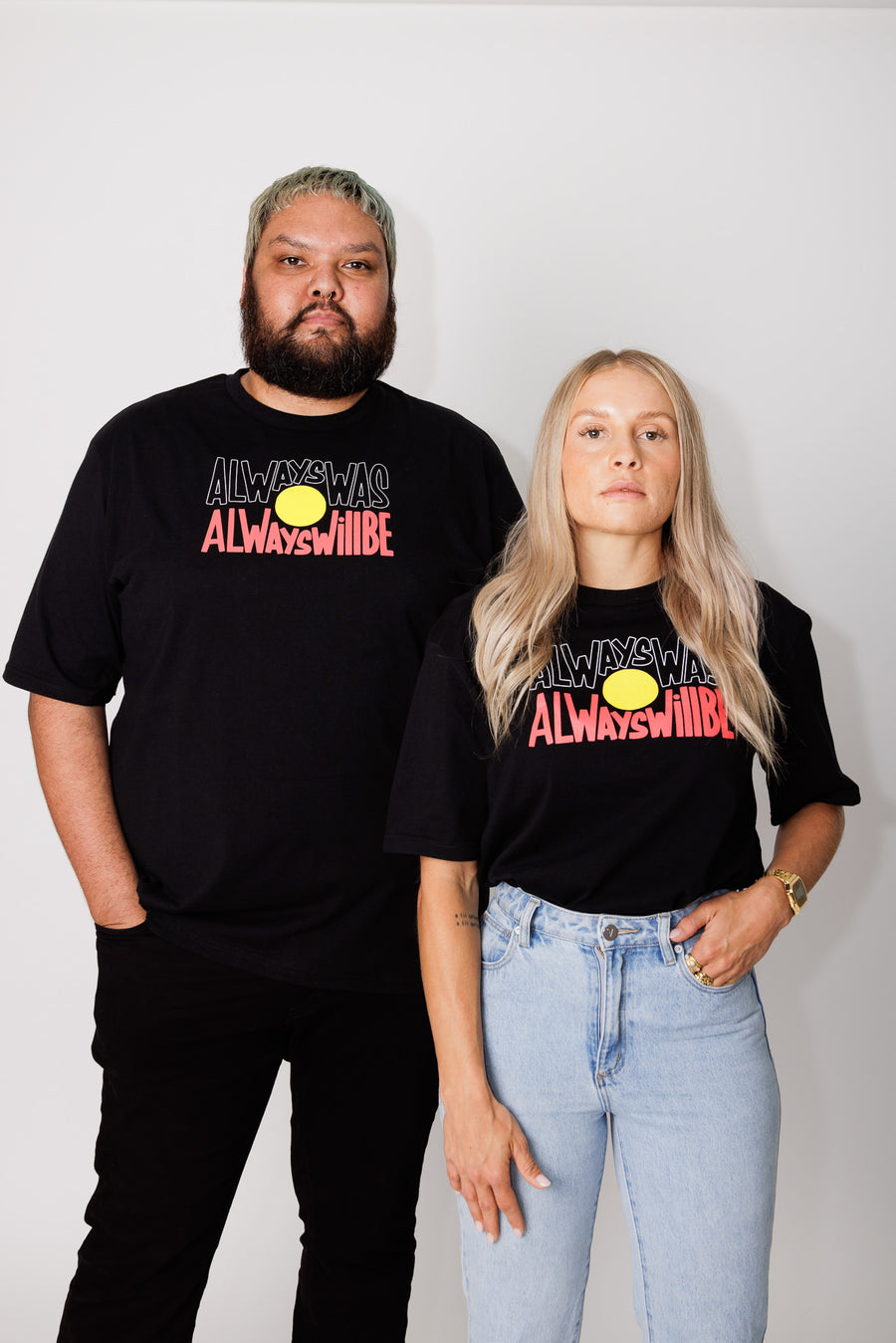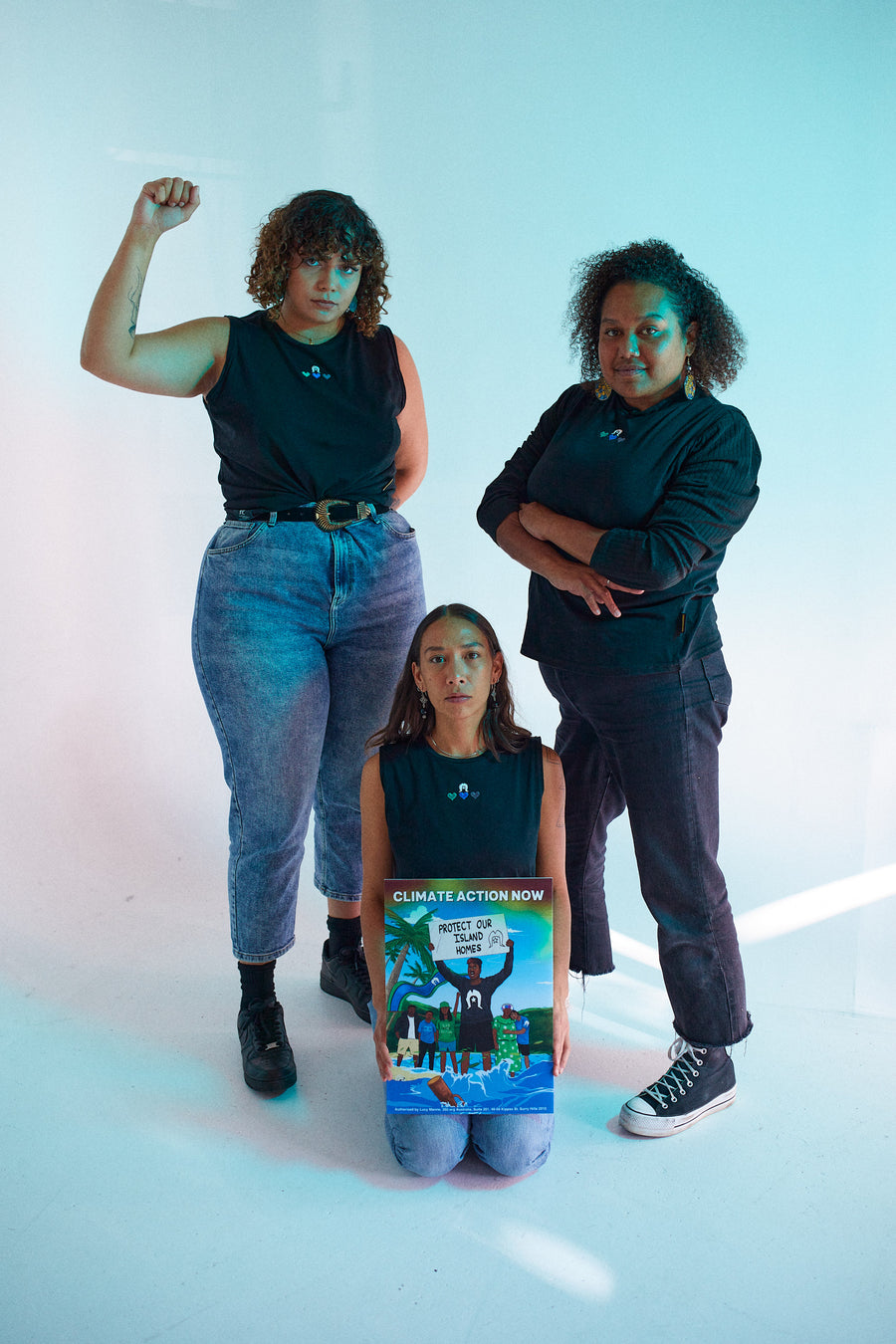In this together VS In this to help

A reflection piece on Reconciliation Week
By Lena Jean Charles
Growing up, Reconciliation week was just kind of something I overheard my Mum talk about without really knowing what it means. Afterall Reconciliation is a big word for a little girl. And then I went to Uni where my college had a Reconciliation Action Plan where me and the only other Aboriginal student got to bring our Family’s artwork to display in the foyer for the week. And that’s as far as Reconciliation week kind of went for me. But now I have had a moment to actually unpack it, the first thing I want to consider is “what does the word Reconciliation actually mean?”. And when you think about it, ‘reconcile’ means to “restore friendly relations”. Which is interesting because given our history of colonisation, how does one restore friendly relations when it never really started with any? I think the purpose “Reconciliation Week” comes from a good place, I just think it’s more of a matter of creating unity and growing together as opposed to reconciling something that never encompassed friendly relations.
Which brings me to this year’s theme “In This Together” which I personally believe should be the real name of Reconciliation Week instead! So what does “In This Together” mean to me? It means what can our non-Indigenous allies do to be part of the journey with us and how do they do it? I’m a firm believer in having non-Indigenous allies so they can understand our stories and know about our culture. I know that there are many non-Indigenous people out there who want to be an ally, but maybe don’t know how or where to start. And when I took a moment to think about what does make a good non-Indigenous ally, I thought there’s probably some things to aim for and some things to avoid.
The first thing to aim for is to stick to being “In This Together” and avoid being “In This to Help”. So many Non-Indigenous people strive ‘to help’ Aboriginal and Torres Strait Islander people. And I know this comes from good intentions, but I think we need to flip this a little bit because this can sometimes create ‘white saviour mentality’. Us mob don’t want to be saved! We’ve already survived so much. When white saviour mentality takes place, it hinders the agency and empowerment of Aboriginal and Torres Strait Islander people. So how do we do this? Remind yourself that Aboriginal people don’t need to be saved. Aim at creating spaces and places for Aboriginal people and culture to thrive and breathe and avoid being the one doing all the things that Aboriginal people can do too. How do you do this? Ask yourself, ‘How can I bring a cultural lens to this skill or task and who do I know who could do this?”. For example in my workplace at Spark, I have had the pleasure of working alongside my colleague Sarah who is not Aboriginal but navigates the space very well. I started working with Sarah three years ago. I had no experience in health promotion at the time. But as I developed my skill set and experience, Sarah started to take a back seat and allowed me to step up into roles as I grew. Sarah loves delivering health promotion programs, but also knows the importance of giving Aboriginal people the opportunity to be leading the work on the ground too. Instead of continuing to do all the program delivery because she loves it and is good at it, she’s allowed me to grow into my role at leading these programs myself. As opposed to not having pathways for Aboriginal people to grow through and instead staying at a halt with non-Aboriginal people at the forefront - whether it be programs, organisations or businesses. By having more Aboriginal people stepping through these pathways, we are creating more culturally safe spaces and applying a stronger cultural lens to workplaces.
The next thing I would suggest is allow yourself to get uncomfortable. Aboriginal and Torres Strait Islander people have spent so much of their life in uncomfortable moments. It’s okay to be uncomfortable because you can be immersed in the experience and learn from it. Take yourself on a journey to understand our history, ask yourself how did this happen, have conversations with Aboriginal people that are difficult. And most importantly when you are trying to learn, take the time to educate yourself too. It can be exhausting and very time consuming for Aboriginal people to constantly be educating everyone and being the one who has to be the expert all the time. Take on the responsibility to learn yourself and allow yourself to go on a journey. Being uncomfortable is part of being “In This Together”.
Aim to embed an Aboriginal cultural lens to already existing programs and avoid having a separate experience for Aboriginal people. We are in this together, and non-Aboriginal people have just as much to learn and gain from being immersed in programs delivered with an Aboriginal cultural lens. We are the history of Australia, it only makes sense that all programs/spaces in Australia utilise Indigenous knowledge and concepts. For example we are experts in Aboriginal Health Promotion, and we deliver the same program to both Aboriginal and non-Aboriginal communities and both have been able to enjoy and learn and experience great outcomes. Having separate programs can create this notion of ‘the other’ and doesn’t bring Aboriginal and non-Aboriginal people together. Instead, have a program or space for everyone with a cultural lens in which Aboriginal people can feel safe and acknowledged. I also encourage to utilise black businesses when appropriate too. There’s a bunch of mob out there with a wealth of skills and knowledge which could enhance programs and bring a great experience for everyone involved.
The final thing I think that would be important is to flip the switch with priorities around Reconciliation Week. Too often Aboriginal people are asked what they want out of reconciliation week. Lets flip the narrative a bit. We want to hear from Non-Aboriginal people what their priorities are in “Being in it Together”? What does this mean to non-Aboriginal people? I challenge you to think about it and think about how you can start embarking on a journey alongside Aboriginal people as an ally. And not just for one week. “Being in this Together” is something we need to be doing every single day. Lets come together, not to necessarily reconcile, but to thrive and emerge as a strong community. I am so glad that I get to work in spaces everyday that allows us to be ‘In This Together” and I hope that one day we wont need a “Reconciliation Week” to think about how we need to work together. Instead we will just be doing it every single day and then coming together for other things like NAIDOC week to celebrate Aboriginal and Torres Strait Islander culture.





Thanks so much for sharing your thoughts. This is a great blog and hit home a lot with me. You’re doing great work Lena and I’ve enjoyed seeing your career progress over the last few years.
Leave a comment